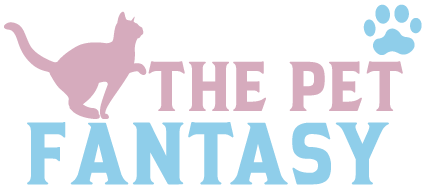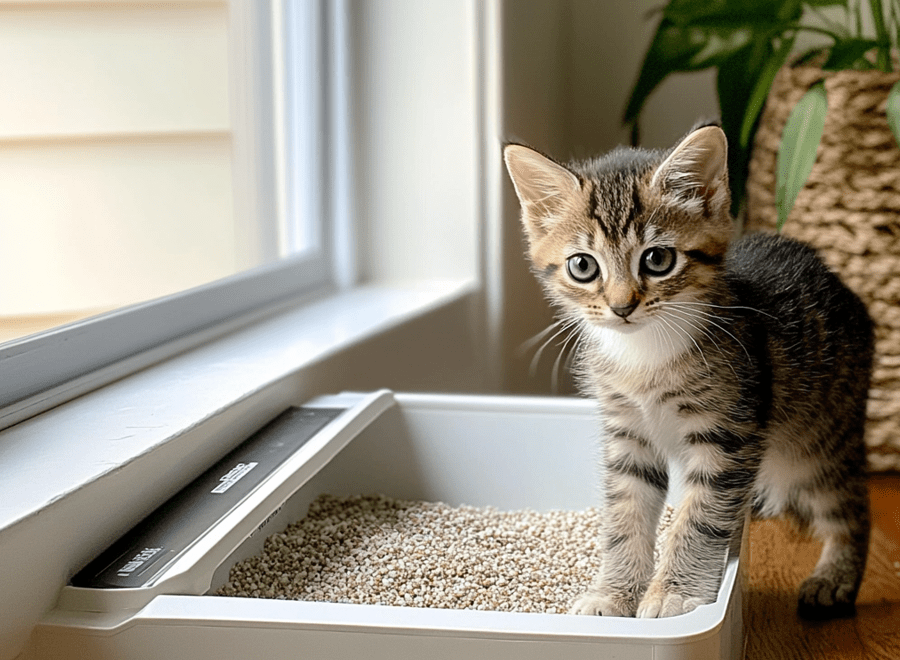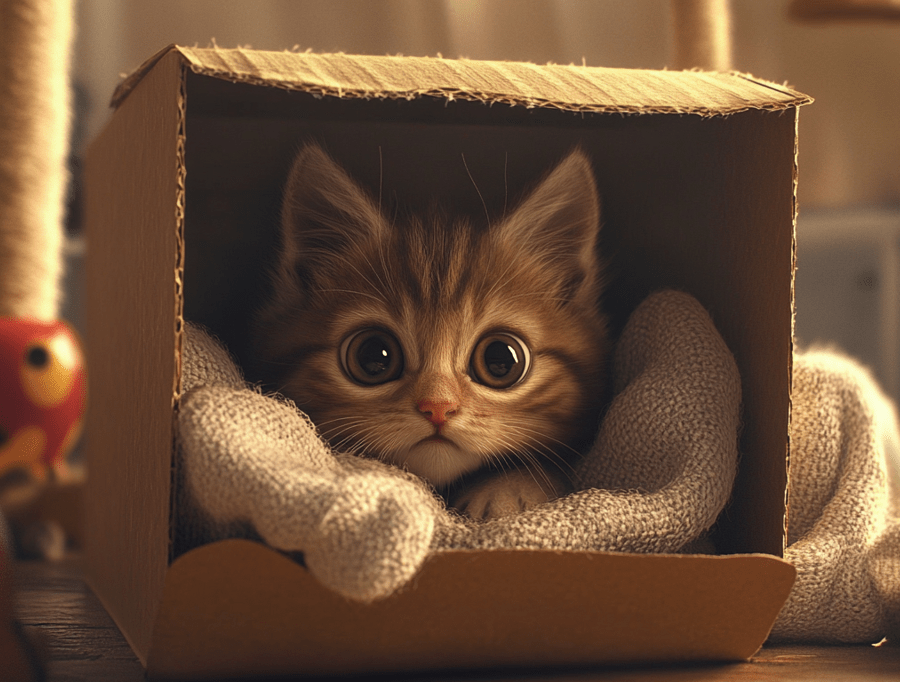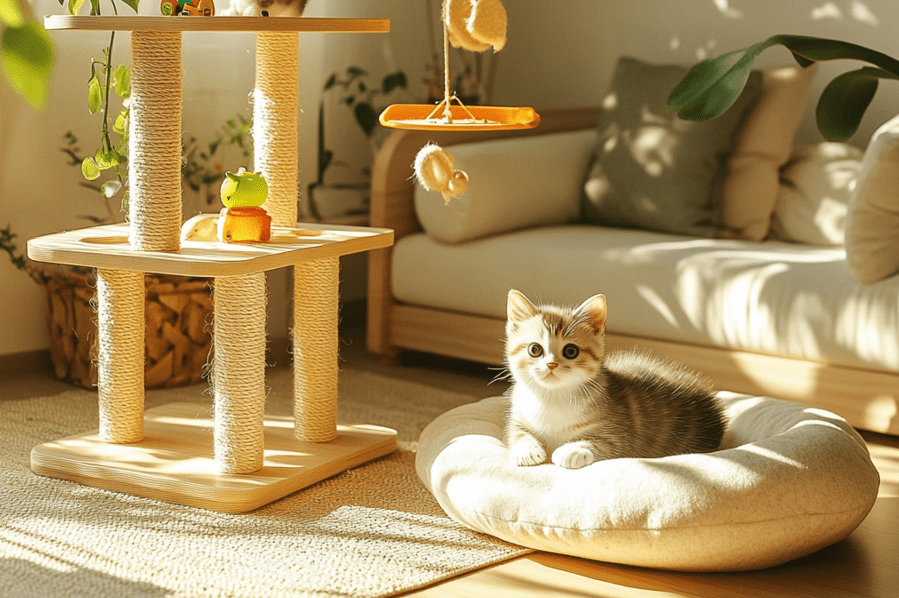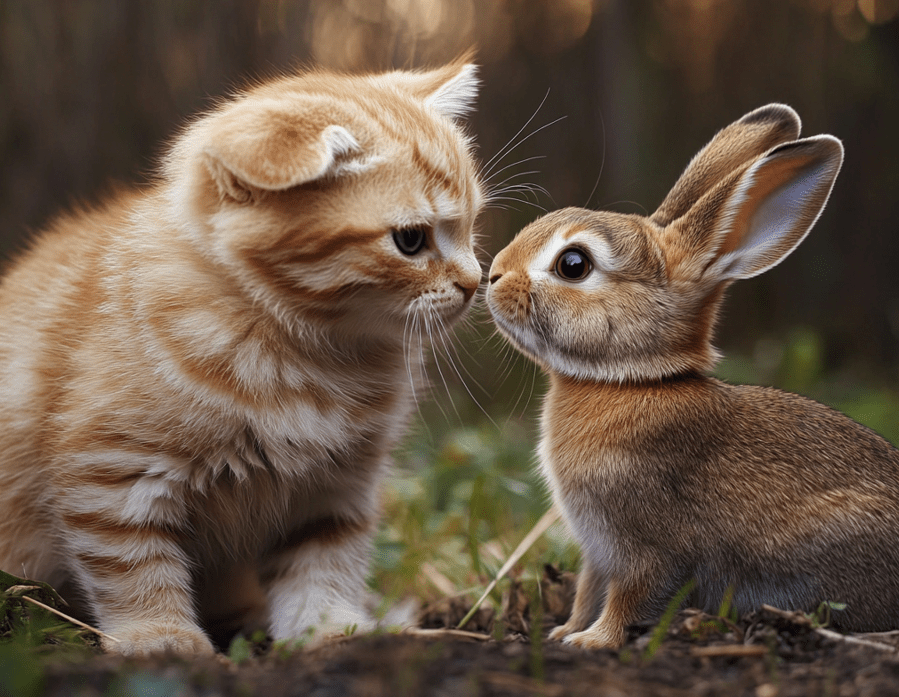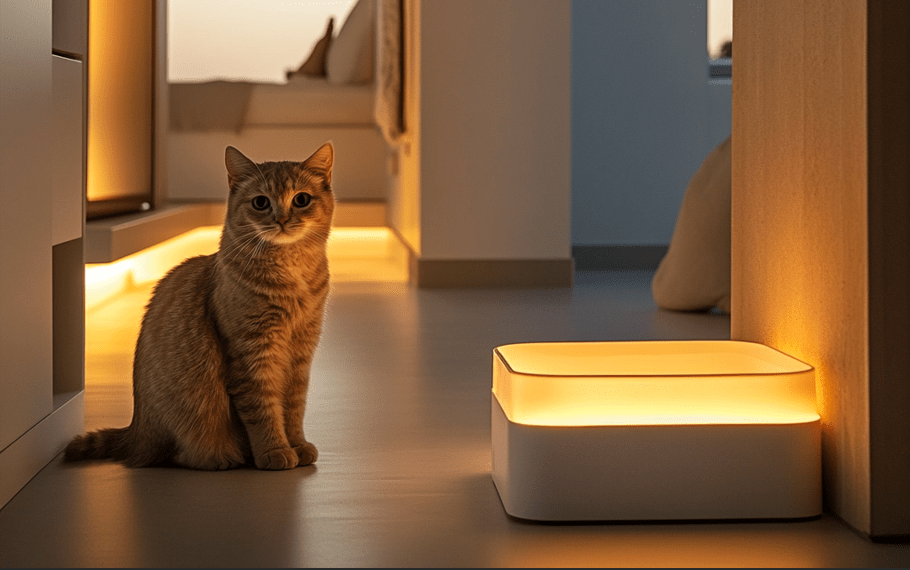
Actually, did you know that the litter box can actually be a big stressor for your cat? The kind of litter you choose is important — not just for enticing your cat to do his thing but also for their and your health. There are plenty of different types of cat litter available. So it is not so easy to choose the right litter for your cat. So there needs to be some research for selecting the right types of litter.
To watch the summary of this article, just watch this video-
Clay Litter
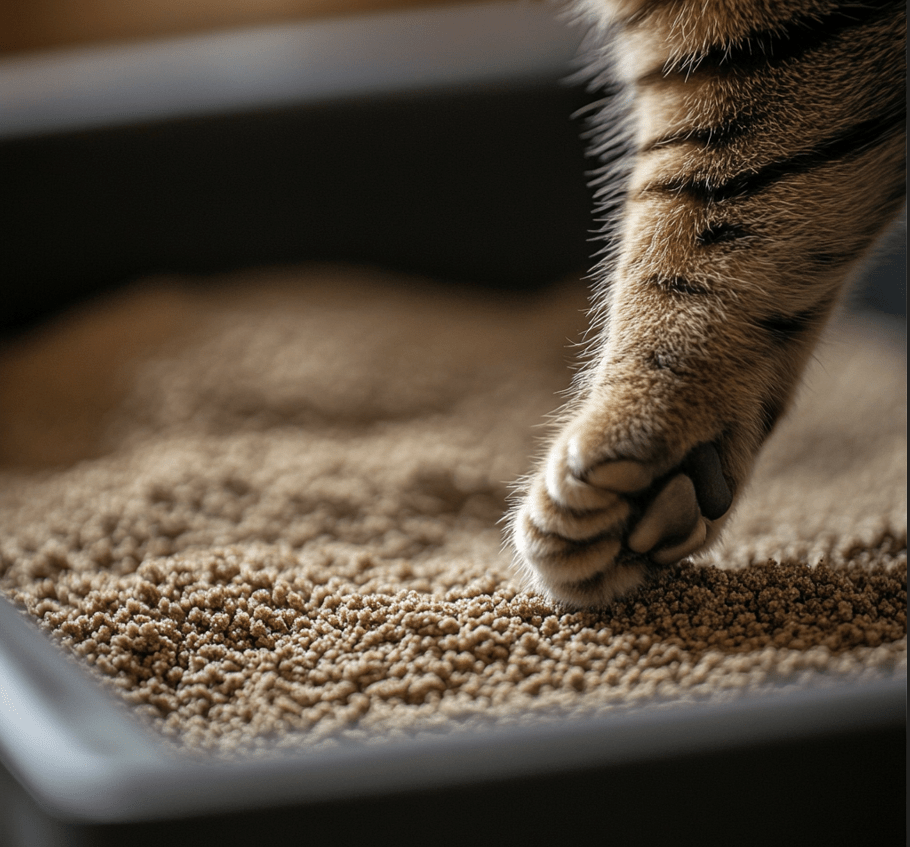
Many cats tend to favor a litter with a medium or fine grain (mimicking the sand or soil they might choose outside), so clay litter is a popular choice for owners. Clumping types are best for maximum hygiene. This will help protect your cat and you from respiratory diseases, so always choose an unscented clumping litter for your cat.
The downside of clay litter is that it is far less environmentally friendly. It does track outside of the box a little, which can be a nuisance. It can be quite dusty, which may aggravate allergies. It is also a challenge to clean out the litter box every few weeks considering that the moisture in clay may cause a hardened residue very much similar to cement.
Silica Gel Cat Litter
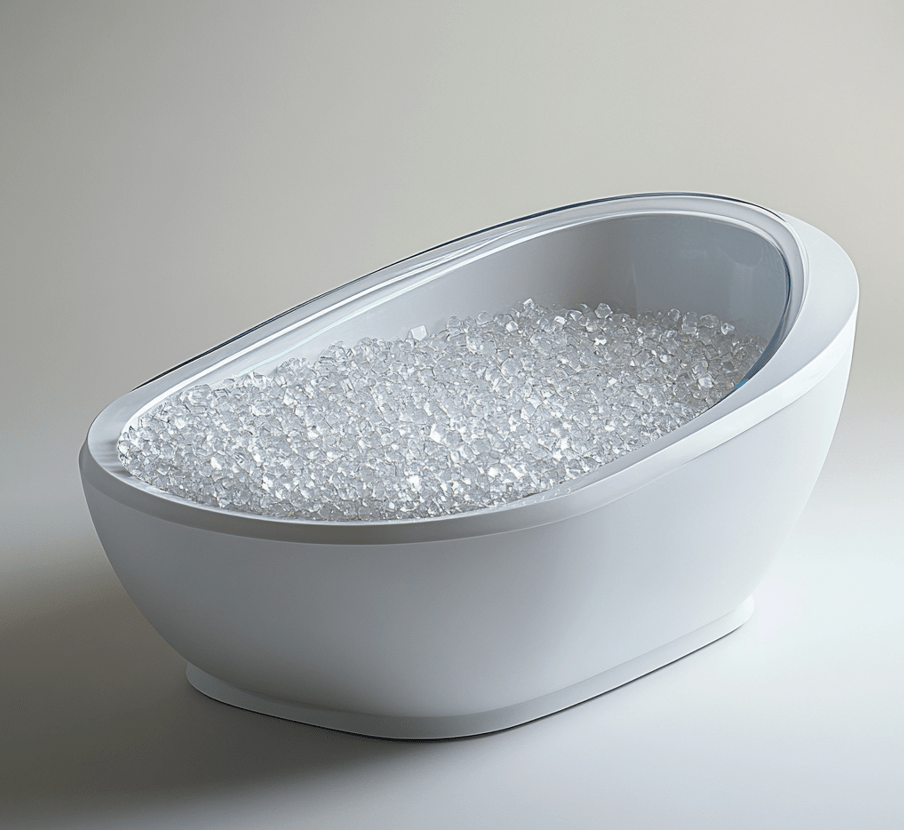
Litters that are made with silica gel, varying in grainy size, from ultra-fine to bigger crystals, and are non-clumping forms. Instead of creating clumps, silica holds onto urine, and as it expands the urine drives the liquid to evaporate within the gel, which helps neutralize odors. The whole box is emptied and changed after a while. Some options even feature crystals that change colors so you can track your cat’s urinary health.
But those brands contained chemicals, which may harm cats, and the large, crystal-like grains can be unpleasant for them to walk on and dig into. If inhaled silica dust can be harmful to cats (and humans, for that matter), the prolonged inhalation of the dust has been associated with human lung disease and with various respiratory diseases in cats as well.
Wheat and Corn Litter
In general, wheat and corn-based litters are lighter and softer than clay options, which means they are easier to lift for your cat with sensitive paws and might be more comfortable. It comes both in a clumping and non-clumping form and is viewed as a greener alternative to silica or clay-based litters.
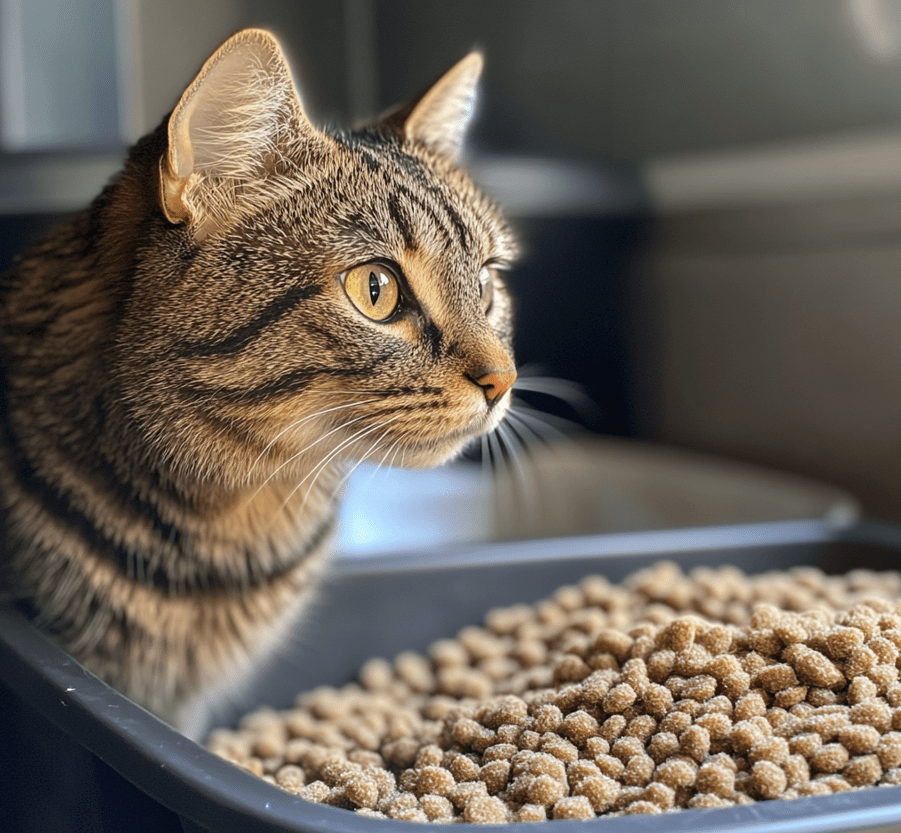
The drawback, however, is that using litter that mimics food sometimes confuses cats, and they might try nibbling the litter and become less enthusiastic about eliminating it. Also, these types of litter can entice pests, and some cats are not fans of the soft type (they sink in and it feels off to them). These materials can also cause allergies.
One specific caution concerning corn litter is that it is subject to mold contamination, which produces aflatoxins—harmful toxins produced by the mold Aspergillus flavus. Aflatoxins are also produced in corn, peanuts, and some other grains. High dietary amounts can lead to aflatoxicosis and liver injury in pets and cause death. These toxins might be found in pet products, even if the mold is not visible. Corn is one of the most susceptible grains to this mold, both pre- and post-processing, and is especially risky in humid environments. Although manufacturers often test and treat litter to mitigate aflatoxin risks, litter should be stored in a clean, dry place and a veterinarian should be consulted for recommendations on litter selection if needed.
Pine Litter
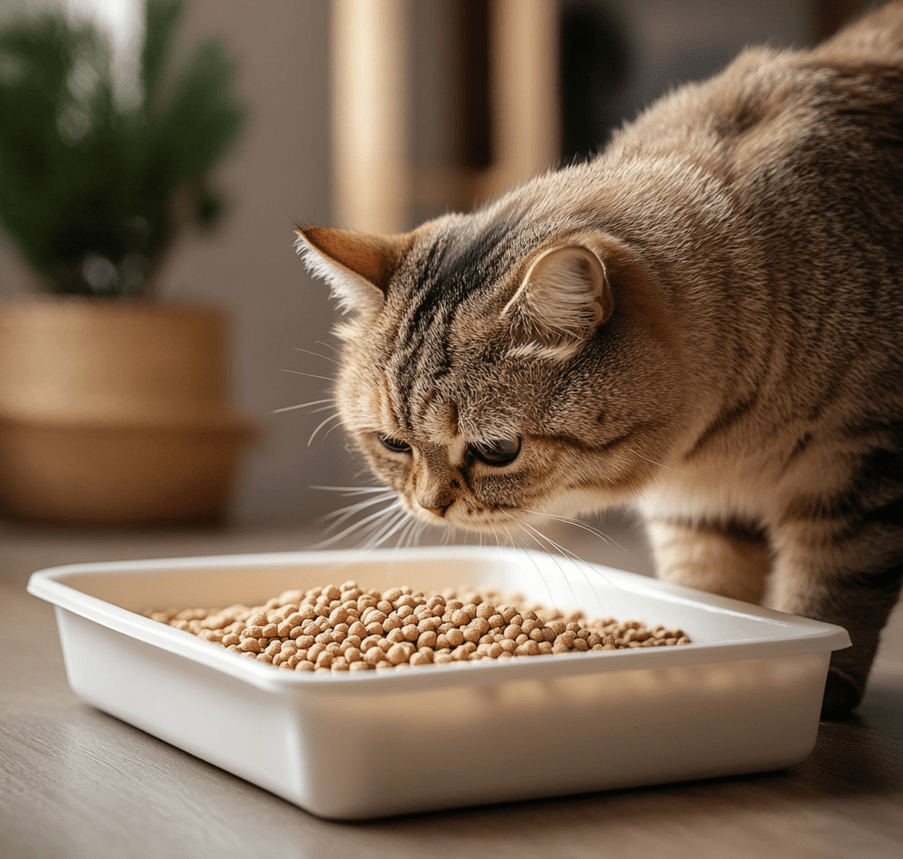
Pine litter comes in both clumping and non-clumping varieties, with non-clumping pine litter typically available in pellet form. Although it is often marketed as environmentally-friendly, it has a potent smell that some owners and felines do not find pleasant. Pine litter is a bit of a pain because you have to keep dumping out your litter box and refilling it, and the pellet format can be rough on a kitty’s paws.
Paper Litter
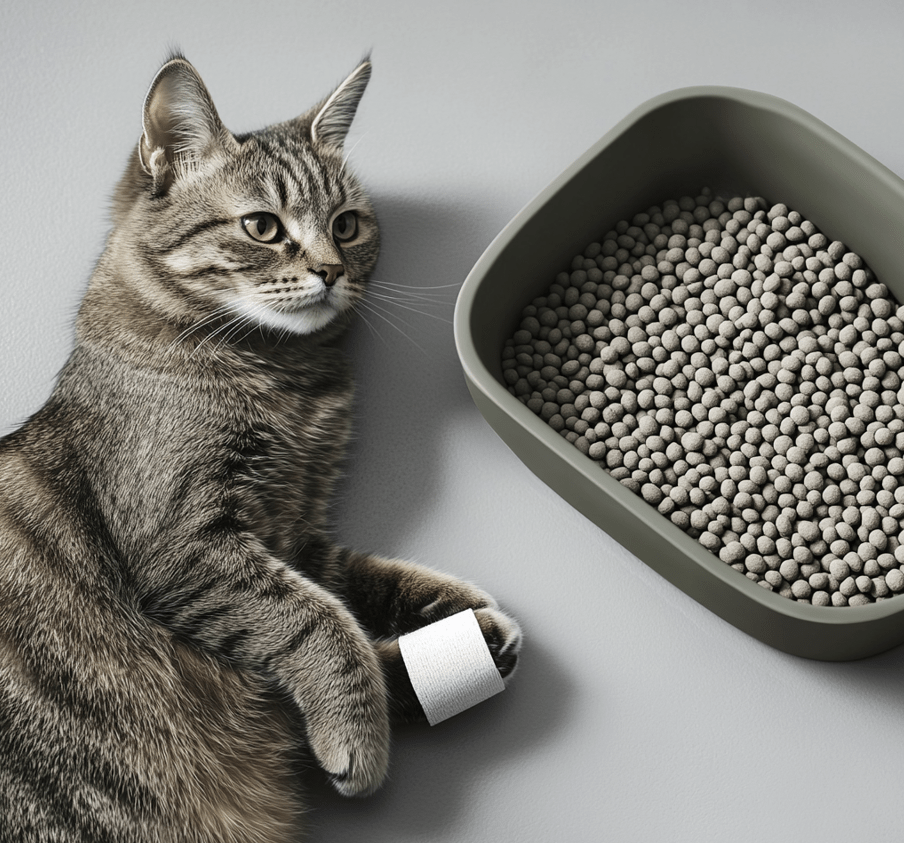
Litter made from paper, usually pellet-sized litter, is softer on paw pads and dust-less than clay, meaning it tracks less. But because it does not clump, that makes it hard to keep the litter box clean. Paper litter is also not effective at odor control. However, it can also be a great option for cats that are recovering from a surgery or have a wound, as it reduces the risk of contact with dust and other irritants.
Walnut and Grass Litter
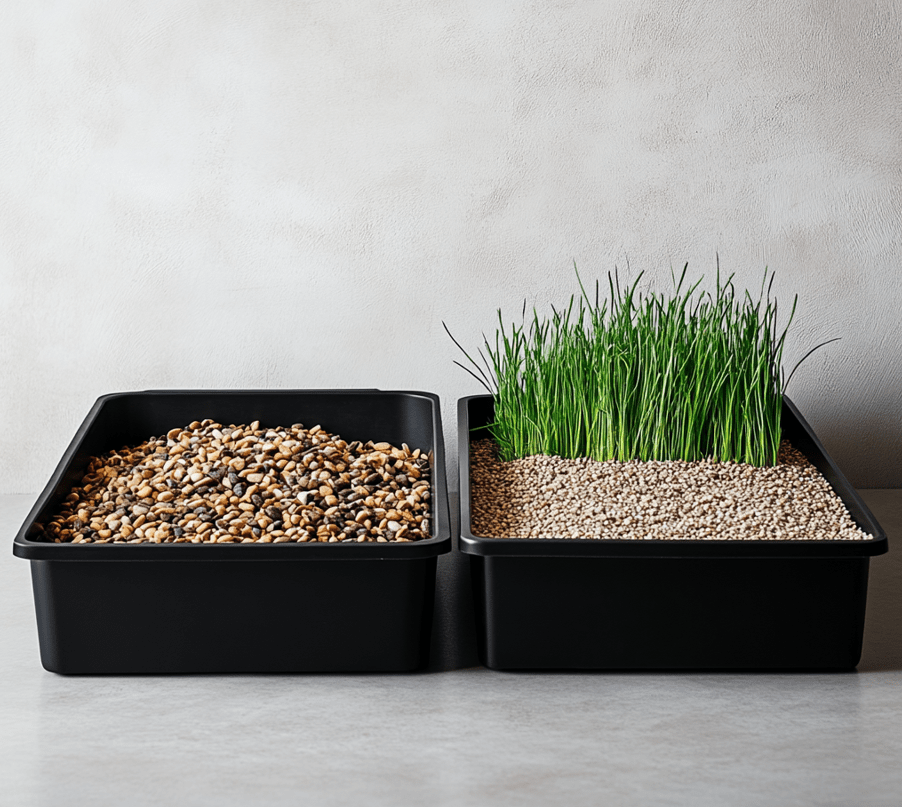
Grass litter and walnut litter are both natural materials, biodegradable even. Grass litter consists of grass seeds which are softer for the cat’s paws. Walnut litter, on the other hand, is made from walnut shells that have been ground. Both are available in clumping varieties and are usually less dusty. Tracking could be an issue, particularly with the grass litter you use lighter. Sloppy pet hygiene can also lead to allergy or pest concerns.
Wood Litter
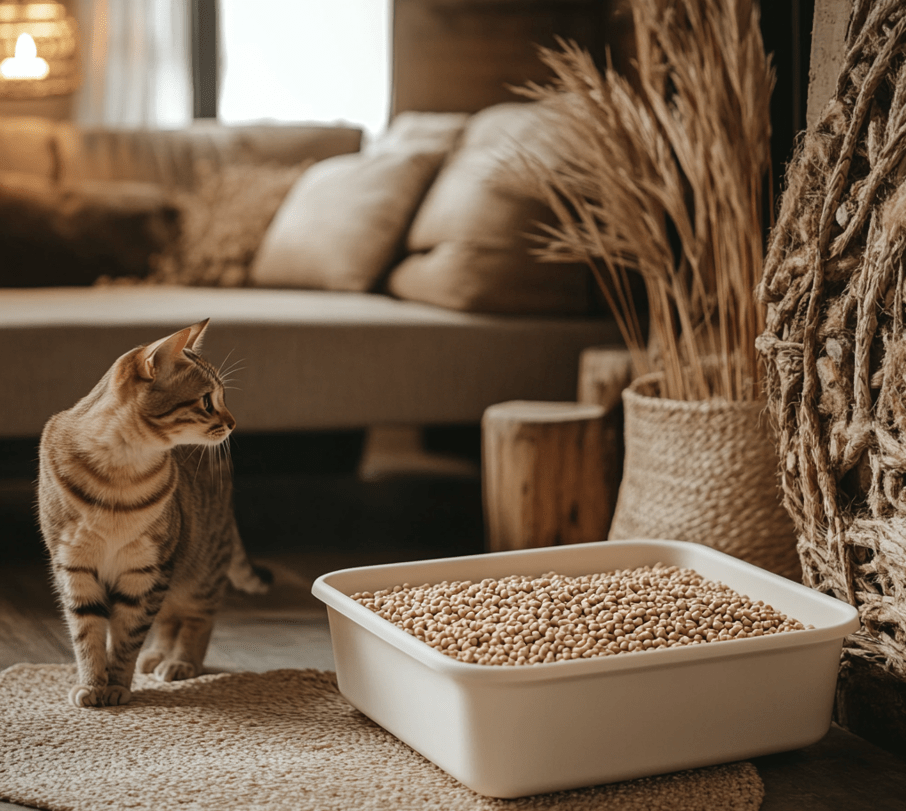
Another option available is the biodegradable wood litter that is offered as pellets and grain with clumping and non-clumping type. It is a soft type grain and more friendly for cats with sensitive paws. However, some cats may find pellet litter less comfortable, and pellet-based litters do have limited fecal odor control ability.
How to Switch Your Cat to a New Litter
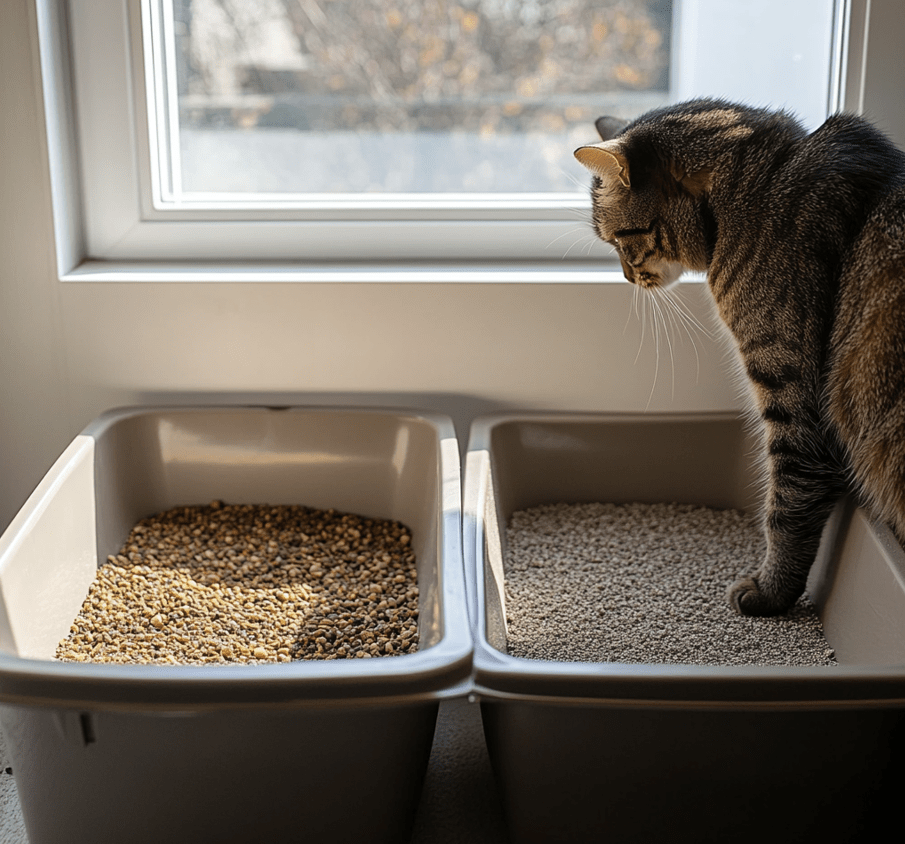
If you are changing your cat’s litter, you must transition to the new litter gradually. Start by blending the new litter with the old litter. For several weeks, gradually decrease the old litter and increase the new litter until only the new type remains. A successful transition is where your cat does not experience any problems using the litter box. But if you notice any change in their behavior before, during or after using the litter box, it can be a sign that they are not happy with the new litter. Discomfort can manifest itself in a number of ways, such as, jumping out of the box immediately after using it, changing their digging and burying behavior, going into the box, but not actually using it and eliminating just outside the litter box. When they show these behaviors, it is very possible that they prefer the old litter, or the new litter is not good enough to meet their needs.
